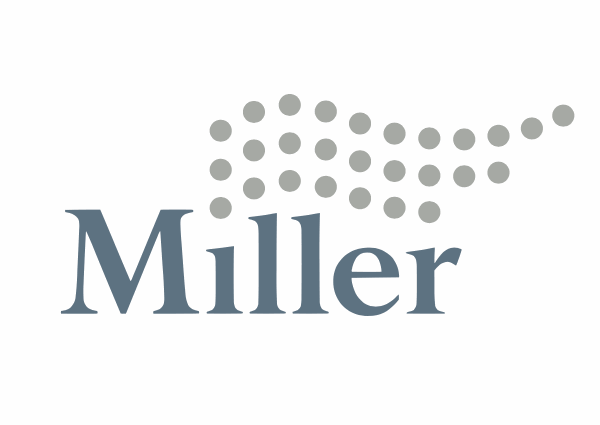Retro conditions more favourable in mid to upper layers: Miller

Independent and private equity funded broking group, Miller has reported that the retrocession marketplace was far more favourable for buyers in the mid to upper layers of towers, with some price decreases seen as capital builds back into this segment of the market.
Reporting on the reinsurance renewals, Miller said, “The property market saw a more consistent approach to trading, with a focus on technical discussions and underwriting rigor. There was also an increased emphasis on contract-level consistency, reducing non-concurrencies and ensuring more uniform terms and conditions across the board.
“The property reinsurance market saw a significant stabilization in price movements compared to the previous year. The increases were moderate, primarily in the range of flat to single-digit percentage points for non-loss impacted programs, while slightly higher for loss-impacted ones.
“There was a meaningful bounce-back in capacity deployment in the property market. Capacity constraints experienced in the previous year eased, with the market witnessing increased availability and deployment of capital. This change was driven by a combination of factors, including rebounding capital in the sector and healthy reinsurer returns.”
Moving on to discuss the retrocession market, the broker noted that, “The retrocession market, in contrast to the constrained conditions of the previous year, experienced an increase in capacity during mid to end of December, leading to more favourable conditions for buyers, especially in the middle to upper layers.”
Because of the increased appetites of retrocessionaires, supported by new capital, Miller explained, “Rates were generally flat to down, with some segments seeing modest decreases.
“The retro market also witnessed a significant presence of cat bonds and alternative capital.”
There remains “investor reticence” though and this is slowing new capital’s entry to the sector, Miller said.
However, the reinsurance sector did see capital growth, aided by traditional reinsurer earnings and inflows to the catastrophe bond market, in the main.
“There was a notable increase in the use of Insurance-Linked Securities (ILS) and cat bonds,” Miller said, but also noted that “Ongoing concerns about inflation and the increasing impact of climate change continued to shape market dynamics, affecting loss costs and underwriting approaches,” for capital providers to the sector.
But, overall and positive for buyers of protection, “A psychological shift among reinsurers was observed, with a growing appetite particularly in the upper end of catastrophe programs. This shift indicates a change in market dynamics and confidence levels,” Miller stated.
These improved retrocession market conditions and the rebuilding of capital into retro and catastrophe bonds, are supportive of more stable market conditions at renewals throughout 2024.
Read all of our reinsurance renewal news coverage.






